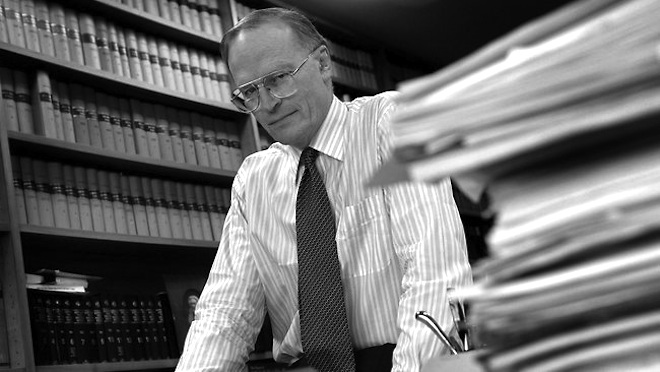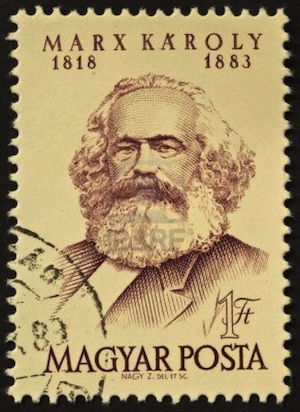Dyson Heydon's top 10 books of the nineteenth century … From Memoires d'Outre Tombe to The Autobiography of an Unknown Indian … Dyse's faves from a golden time
 Dyse: the history man
Dyse: the history man
Dyson Heydon continues his quiet progress as national figure and leading thinker, a.k.a. public intellectual.
The latest is an appearance in the May issue of Rodney Cavalier's private newsletter, where he nominates and critiques 10 books that explain or embody key features of the 19th century.
Cavalier was a minister in the Nifty Neville and Barry (The Cardigan) Unsworth governments and is now chairman of the Sydney Cricket and Sports Ground Trust.
He knew that Dyse has "an intense knowledge of the 19th century", so asked the great jurist to opine on what are the most important tomes of that favourite period.
Here are Dyse's Top 10:
1. War and Peace (1869), Leo Tolstoy.
This is the "most readable great novel ever written". However, Dyse disagrees with Leo's denigration of Napoleon, who did great things like the codification of the law which spread throughout Europe.
2. Memoires d'Outre Tombe (1848-1902), François-René, Vicomte de Chateaubriand.
A work that reflects "departure from unenlightened despotism".
3. Democracy in America (1835), Alexis de Tocqueville.
Here is a great liberal aristocrat exploring the problem of giving people the vote to elect politicians, who in turn prove intolerant of minority views. Dyse gets in a dig at the beasty Bill of Rights idea: "This form of tyranny has still not been dealt with. The main modern panacea, by way of bills of rights, can scarcely be seen as satisfactory."
4. History of England from the Accession of James 11 (5 vols 1848-1861), Thomas Babington Macaulay.
Here Dyse also notes that, "many great books had been written in Sanskrit and other Indian languages" - contrary to Macaulay's belief.
5. Liberty, Equality, Fraternity (1873), James Fitzjames Stephen.
This is a response to J.S. Mill's On Liberty, from an "all-rounder of Renaissance proportions". Stephen was an uncle of Virginia Woolf and a cousin to A.V. Dicey. (Others of his tribe came to Sydney and created Stephen Jaques & Stephen.)
 Marx's influence spread to Hungarian postage stamps6. The Communist Manifesto (1848), Karl Marx.
Marx's influence spread to Hungarian postage stamps6. The Communist Manifesto (1848), Karl Marx.
Here Marx solves the problem of the tyranny of the majority, by proposing a "dictatorship of the minority, followed by a somewhat misty socialist future which sounded attractive up to a point ...".
7. Paroles d'un Croyant (1834), Abbé Lamennais.
This work reflects the 19th century as an age of religious faith. It was also an opportunity for Dyse to mention the leader of the German Catholic Centre Party, Ludwig Windthorst, and how parliamentary tactics could be used successfully to counter Bismark's persecution of the Roman Catholic Church - the Kulturkampf.
8. The Autobiography of an Unknown Indian (published 1951), Nirad C. Chaudhuri.
"A masterpiece of extraordinary beauty describing life in Bengal just before the Raj began to crumble."
9. Collected Poems (published 2002), Rudyard Kipling.
Here Dyse reproduces a poem called Lictenberg, which captures "an imperial theme and Australia's role in it".
10. The Federal Story (1944), Alfred Deakin.
Published long after Deakin's death. "The colourful, forceful and luminous qualities of The Federal Story make it a not unworthy member of this series on 10 books on the 19th century."
Phew. Some extra bedtime reading required, I fear.